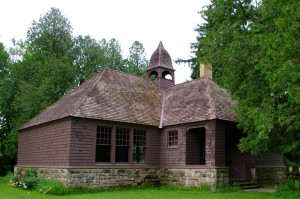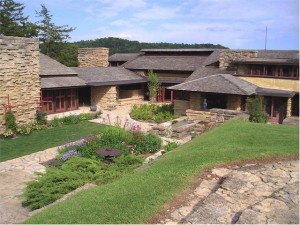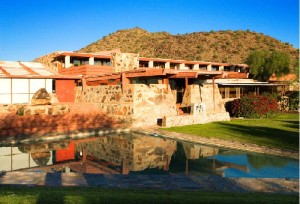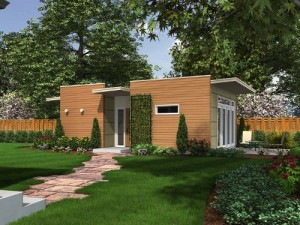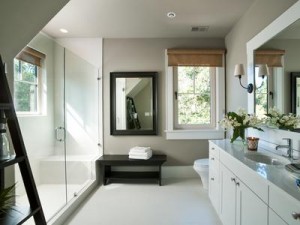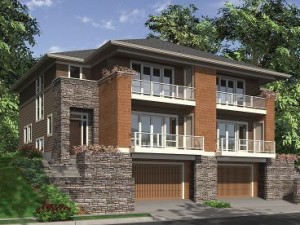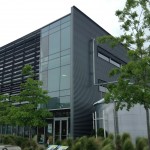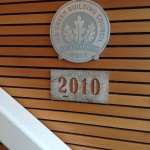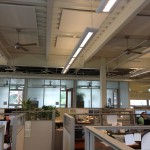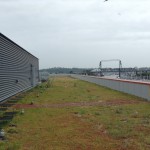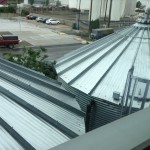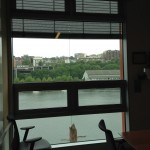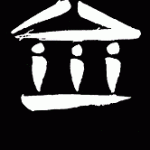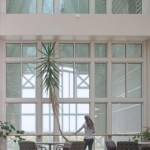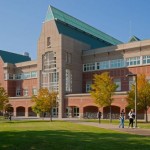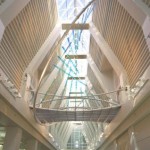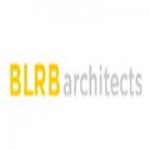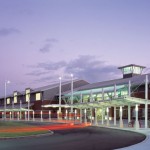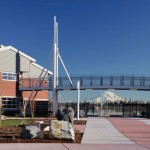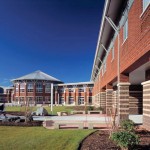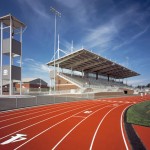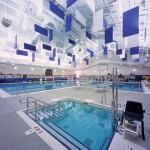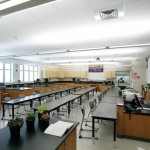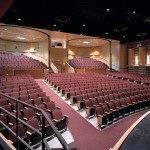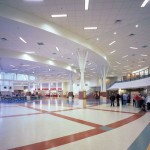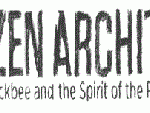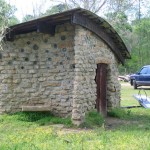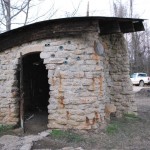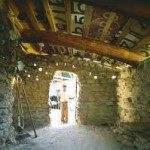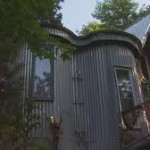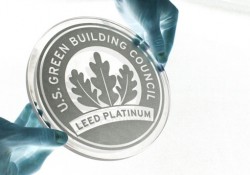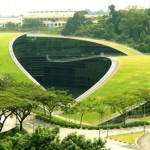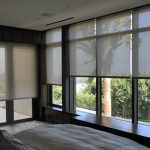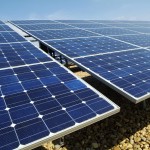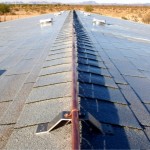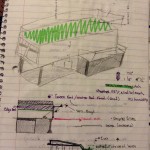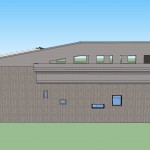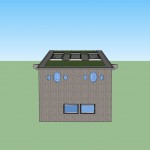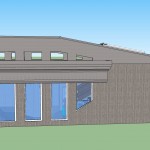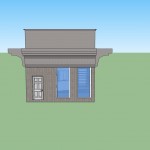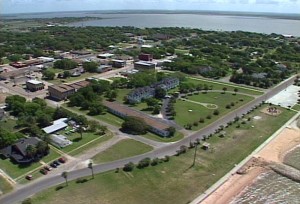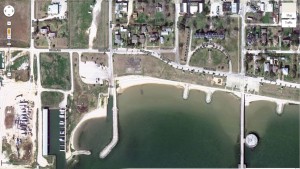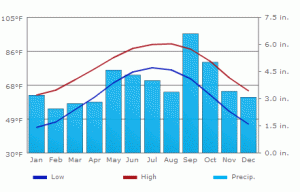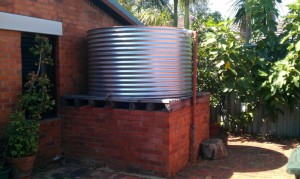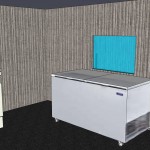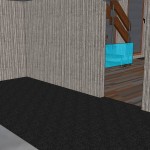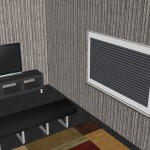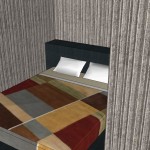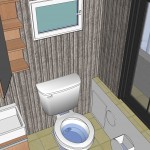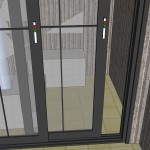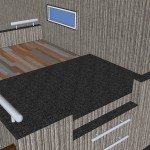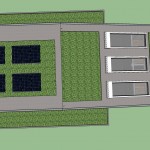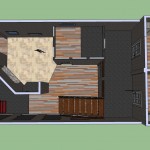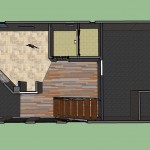Frank Lloyd Wright*
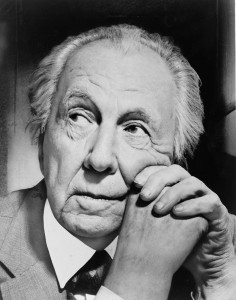
For this week I was suggested to look up an amazing historical architect Frank Lloyd Wright by my colleague Jeremy Orman, for this research I didn’t research much about his early life but more about his architect career. While learning about him I was some what forced to later on read more about Wright after this quarter. Frank Lloyd Wright was born in Richland, Wisconsin on June 8, 1867. His original name was Frank Lincoln Wright but after his parents William Cary Wright and Anna Lloyd-Jones divorced he changed his name to Frank Lloyd Wright. As a child he spent life on his uncle’s farm in the summer in Spring Green, Wisconsin, as time passed his dream to become an architect started on the farm. While not finishing high school he went to make a proposal for the Dean of the University of Wisconsin’s Engineering department studying civil engineering. After his job shadow with the Dean he then moved to Chicago where he worked for another architect Joseph Lyman Silsbee, while working with them he drafted what is known for the Unity Chapel his first building. After a year passed he then moved and worked with Alder and Sullivan firm where he revised Sullivan’s theory of “Form Follows Function” to his own theory of “Form and Function Are One”. From Sullivan’s theory what I understand from it is the primary goal of any creative work is function and the secondary goal is the appearance of a building, and for Wright’s theory I believe he thinks that form and function correlates to each other because they rely on each other to create an idea. His business relationship with Sullivan ended when after he left to Illinois with his partner Catherine Tobin and his five children, while with her he opened up his own firm in Chicago that was up for five years. After eighteen years passed he moved to Germany with his new partner Mamah Borthwick Cheney, at the same time his uncle has passed away resulting in him receiving a portion of the land. While on the land and with Cheney he constructed a home for them named the “Taliesin” for three years because of the murder of Cheney, but this did not end his passion for architecture, he then rebuilt the Taliesin. 1932 he opened his Taliesin to the public as a fellowship and for students to come and get educated through Frank Lloyd Wright. Over the next 20 years he met his third wife Olivanna Milanoff, the two raised a child in the newly constructed Taliesin but the Wisconsin weather became too cold as they got older and moved to Phoenix Arizona along where he built Taliesin West and spent the rest of his life there, staying here for a couple of years he then reopened Taliesin to the public for education. Ending his architect career close to 70 years of experience he is looked at as a global impact on architecture, influencing design styles over seas in Europe and Asia.
ABOUT:
Wrights style of design can be seen as revolutionary start for sustainable design because of his integrated designs involving natural materials such as rock, rammed earth or adobe and were never painted. He utilized many many designs of low-pitched roof lines with deep overhangs to to ensure merging f the home and the environment. He would include large stone fireplaces for the homes heart and made rooms open to each other possibly because he was aware of how home communications was going to turn into. His simplistic style of shapes and designs was a major influence to the Prairie school of Architects because his style was indigenous of architecture in the Midwestern.
Unity Chapel
Taliesin
Area: 490 acres
Opened: 1911
Address: Highways 23 and C, Spring Green, Wisconsin, 53588
Taliesin West
Area: 620 acres
Finished: 1932
School years: 1937-1959
Address: 12621 N Frank Lloyd Wright Blvd, Scottsdale, AZ 85259
Conclusion:
After reading about Frank Lloyd Wright I realized why Jeremy suggested him for me, its because the materials he uses are organic, he utilizes the effect of sky lighting often and I can relate some of my building design shapes to his structures because they seem neutral and original. My resources are not very strong because I was running out of time for my project.
Resources:
http://en.wikipedia.org/wiki/Frank_Lloyd_Wright
